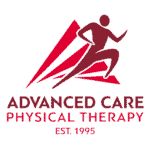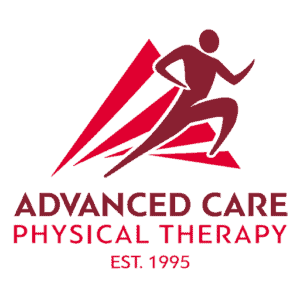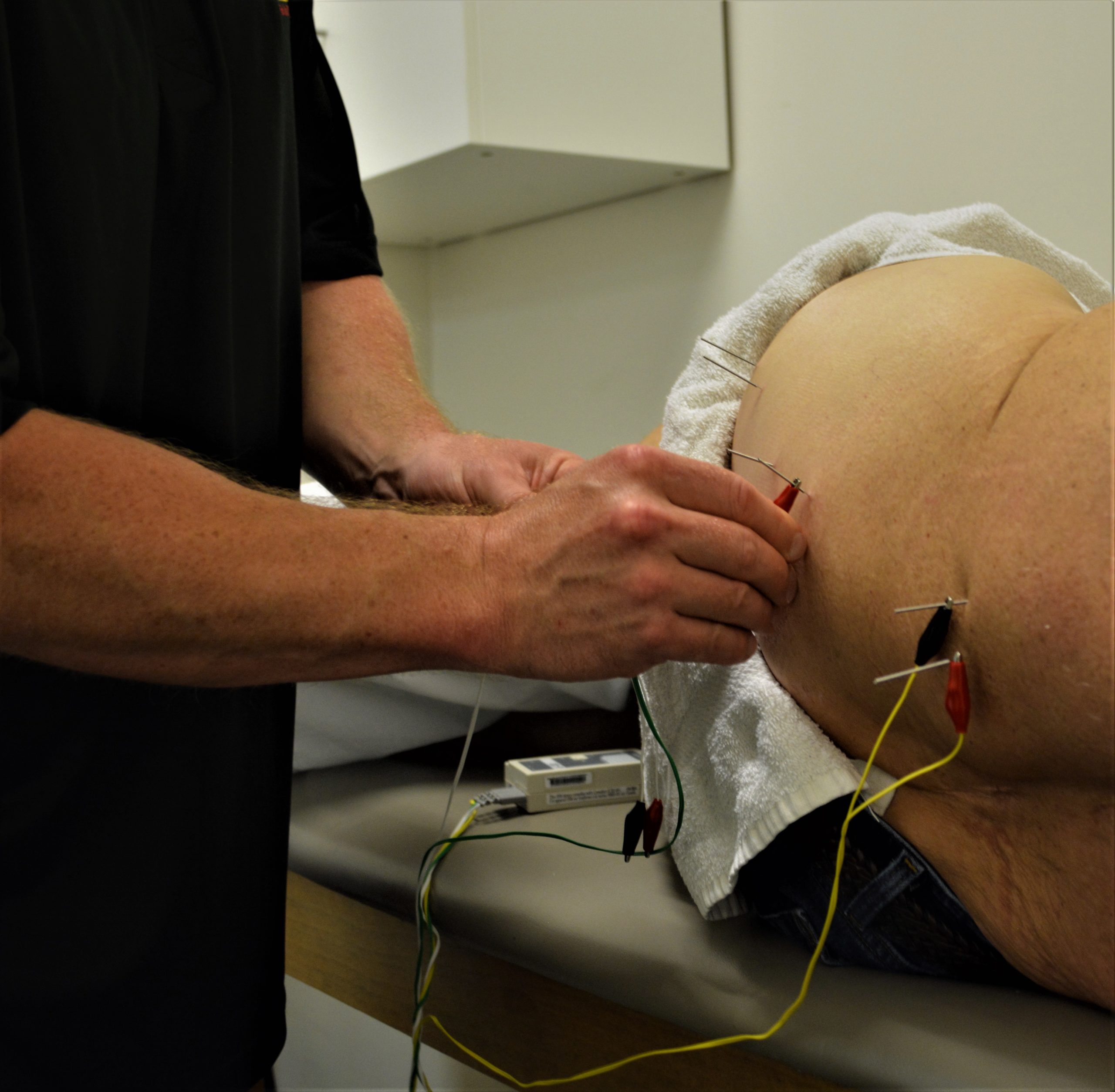What is Trigger Point Dry Needling (TDN)?
What is Trigger Point Dry Needling?
TDN is an invasive technique where a thin filiform needle is pierced into a muscular “trigger point” to break the cycle of pain and release muscle tension, promote healing, and improve physical function.
Why do I need TDN?
The knotting of myofascial tissue creates “trigger points” which are one of the most overlooked causes of pain and discomfort. Myofascial tissue, which holds all muscles, organs, blood vessels, bones, and nerve fibers in place like a web, can often become knotted at such “trigger points,” contracting muscles and causing pain. TDN targets these “trigger points” by “unknotting” myofascial tissue to relieve pain.
What does TDN treat?
TDN treats a variety of muscular issues, including but not limited to pain targeting the back, neck & shoulder, arm (tennis elbow, carpal tunnel), headache (migraine and tension headaches), jaw, buttock & leg (sciatica, hamstring strain, calf tightness/spasm, plantar fasciitis).
What does TDN feel like?
Upon receiving TDN treatment, the affected muscle elicits twitch responses which is the muscle responding to the “unknotting” of myofascial “trigger points.” Some patients describe this twitch response as feeling like an electric shock or a cramping sensation. Most patients report experiencing a brief soreness after TDN treatment. TDN is a completely safe process and only sterilized, disposable needles are used at ACPT in TDN administration.
Is TDN the same as acupuncture?
No, TDN is not to be confused with Eastern medical traditions or Chinese acupuncture. Only licensed physical therapists who are TDN certified may administer TDN.
What is Trigger Point Dry Needling?
TDN is an invasive technique where a thin filiform needle is pierced into a muscular “trigger point” to break the cycle of pain and release muscle tension, promote healing, and improve physical function.
Why do I need TDN?
The knotting of myofascial tissue creates “trigger points” which are one of the most overlooked causes of pain and discomfort. Myofascial tissue, which holds all muscles, organs, blood vessels, bones, and nerve fibers in place like a web, can often become knotted at such “trigger points,” contracting muscles and causing pain. TDN targets these “trigger points” by “unknotting” myofascial tissue to relieve pain.
What does TDN treat?
TDN treats a variety of muscular issues, including but not limited to pain targeting the back, neck & shoulder, arm (tennis elbow, carpal tunnel), headache (migraine and tension headaches), jaw, buttock & leg (sciatica, hamstring strain, calf tightness/spasm, plantar fasciitis).
What does TDN feel like?
Upon receiving TDN treatment, the affected muscle elicits twitch responses which is the muscle responding to the “unknotting” of myofascial “trigger points.” Some patients describe this twitch response as feeling like an electric shock or a cramping sensation. Most patients report experiencing a brief soreness after TDN treatment. TDN is a completely safe process and only sterilized, disposable needles are used at ACPT in TDN administration.
Is TDN the same as acupuncture?
No, TDN is not to be confused with Eastern medical traditions or Chinese acupuncture. Only licensed physical therapists who are TDN certified may administer TDN.


